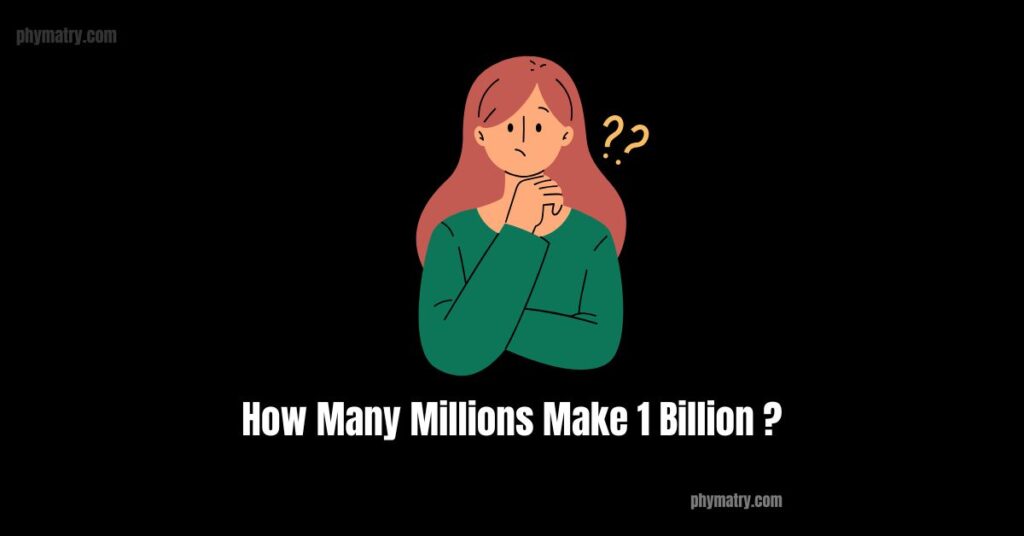Introduction to Place Value
Every digit in a number has a special position that determines its value – this fundamental concept is called place value. Whether you’re working with the number 5 or 5,678,321.049, understanding place value is essential for:
-
Reading and writing numbers correctly
-
Performing arithmetic operations
-
Comparing number magnitudes
-
Rounding numbers accurately
This 1,800-word guide features printable charts, clear examples, and practice problems to help students, parents, and teachers master this critical math concept.
Section 1: Whole Number Place Value Chart
Basic Place Values (Ones to Thousands)
| Period | Place | Value | Example: 4,327 |
|---|---|---|---|
| Ones | Ones | 1 | 7 |
| Tens | 10 | 20 | |
| Hundreds | 100 | 300 | |
| Thousands | Thousands | 1,000 | 4,000 |
Key Pattern: Each place is 10 times the value of the place to its right.
Extended Chart (Up to Billions)
| Period | Places | Value | Example: 3,045,107,826 |
|---|---|---|---|
| Billions | Hundred Billions | 100,000,000,000 | 0 |
| Ten Billions | 10,000,000,000 | 0 | |
| Billions | 1,000,000,000 | 3 | |
| Millions | Hundred Millions | 100,000,000 | 0 |
| Ten Millions | 10,000,000 | 4 | |
| Millions | 1,000,000 | 5 | |
| Thousands | Hundred Thousands | 100,000 | 1 |
| Ten Thousands | 10,000 | 0 | |
| Thousands | 1,000 | 7 | |
| Ones | Hundreds | 100 | 8 |
| Tens | 10 | 2 | |
| Ones | 1 | 6 |
Section 2: Decimal Place Value Chart
Decimal places extend the pattern to the right of the decimal point:
| Place | Value | Fraction | Example: 82.7095 |
|---|---|---|---|
| Tens | 10 | – | 8 |
| Ones | 1 | – | 2 |
| Decimal Point | . | – | . |
| Tenths | 0.1 | 1/10 | 7 |
| Hundredths | 0.01 | 1/100 | 0 |
| Thousandths | 0.001 | 1/1,000 | 9 |
| Ten-Thousandths | 0.0001 | 1/10,000 | 5 |
Memory Tip: “Tenths, Hundredths, Thousandths” follows the same TH pattern as the “Thousands, Hundreds, Tens” sequence.
Section 3: How to Use Place Value Charts
3.1 Reading Numbers
Example: 607,340.218
-
Word Form: Six hundred seven thousand, three hundred forty and two hundred eighteen thousandths
-
Expanded Form:
600,000 + 0 + 7,000 + 300 + 40 + 0.2 + 0.01 + 0.008
3.2 Comparing Numbers
Which is larger: 4,563 or 4,536?
-
Align numbers vertically using place value:
4,563 4,536
-
Compare left to right:
-
Thousands (4 = 4)
-
Hundreds (5 = 5)
-
Tens (6 > 3) → 4,563 is larger
-
3.3 Rounding Numbers
Round 8,476 to the nearest hundred:
-
Identify the hundreds place (4)
-
Look at the tens place (7)
-
Since 7 ≥ 5, round up → 8,500
Section 4: Special Cases & Common Mistakes
4.1 Dealing with Zeros
-
Leading zeros (e.g., 007) don’t affect value
-
Placeholding zeros (e.g., 405) are essential
-
Trailing zeros after decimal (e.g., 3.50) indicate precision
4.2 Frequent Errors
❌ Confusing “tenths” and “tens” places
✅ Fix: Remember decimals use “-ths” endings
❌ Misaligning numbers when adding
✅ Fix: Use graph paper or draw place value columns
❌ Reading 2,400 as “two thousand four”
✅ Correct: “Two thousand four hundred”
Section 5: Interactive Practice Problems
5.1 Identify the Digit’s Value
What is the value of the 7 in these numbers?
-
37,291 → 7,000
-
904.017 → 0.01
-
6,170,842 → 70,000
5.2 Expanded Form Challenge
Convert to standard form:
50,000 + 300 + 20 + 0.9 + 0.04 → **50,320.94**
5.3 Real-World Application
A city’s population is 3,842,706. Write:
-
The digit in the hundred-thousands place: 8
-
Rounded to nearest million: 4,000,000
Printable Resources
-
Blank Place Value Chart (Ones to Millions)
-
Decimal Place Value Mat (With fraction equivalents)
-
Place Value Flip Book (DIY activity for kids)
Conclusion & Teaching Tips
Mastering place value helps students:
✔ Understand our base-10 number system
✔ Build foundations for decimals and algebra
✔ Develop mental math strategies
Pro Teaching Strategies:
-
Use base-10 blocks for hands-on learning
-
Create “human place value” lines with students holding digit cards
-
Play “Guess My Number” using place value clues

